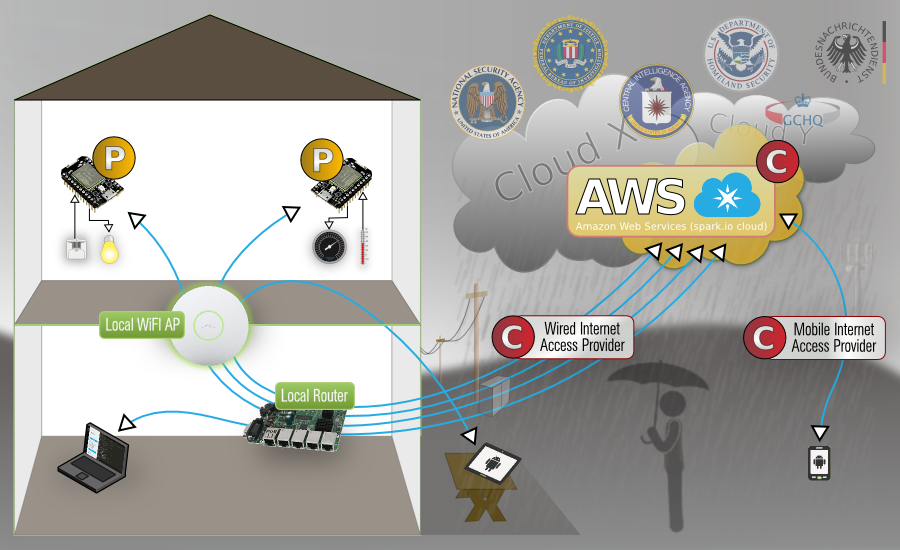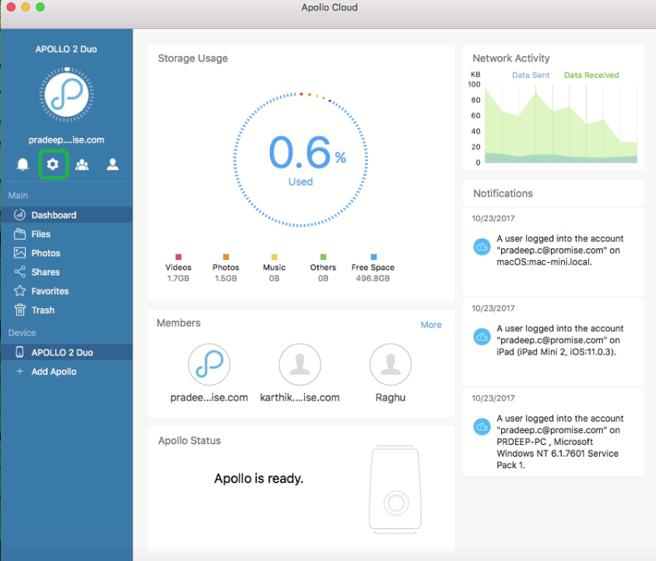
If it notices an emergent issue, it begins a roll-back process, notifies the relevant development team, and avoids an outage. It performs safe deploys with staged blue-green upgrades, and observes the roll-out process. It monitors developer releases, resolves dependencies, and deploys new versions.Īpollo does this automatically in a way that obviates the need for user downtime or human intervention. It is configured to decide what to upgrade, when to do it, and how. Apollo is the brain that automates this complexity away.
#Apollo cloud assistance software
However, this type of microservice architecture traditionally makes the deployment of the software more complex. This approach allows us to roll out updates across services asynchronously, increasing feature velocity. Each platform is made up of hundreds of individual services, each owned by a development team that writes and releases product features independently. Apollo automatically delivers platform upgrades without any user downtime or human intervention, regardless of environment.Īpollo manages and safely deploys our Gotham and Foundry platforms.

Apollo orchestrates updates across heterogeneous deployment targets, unlocking fleet-wide autonomous management that has been a step-change in the efficiency of our operations.īecause we built Apollo as a standalone platform, we’ve since extended it to power both Foundry and Gotham. It runs nearly everywhere that our software is deployed - cloud, on-prem, and classified networks - and has transformed the way that our software scales. Today, Apollo brings the same SaaS-style management to all of our platforms. So we built Apollo to run as its own standalone platform - independent, decoupled from Foundry, running as a layer that sits between our applications and the underlying infrastructure. We needed unified tooling to bring the same SaaS platform to all of our customers, regardless of environment constraints. However, given our roots in classified and on-prem environments, we knew that a traditional SaaS based on a single public cloud provider wouldn’t work everywhere. Apollo was conceived alongside Foundry, initially built as the automation and delivery infrastructure for our public-cloud SaaS.

Palantir Apollo is a continuous delivery system that powers our software platforms. In this post, we’ll discuss the value of Apollo for our customers. In the past, we’ve written about the value of Apollo for our developers. We asked ourselves, how do we build a SaaS that works for all of our customers? That’s where Apollo comes in. Others need to use our software in extreme disconnected environments, from submarines to drones. Some of our government customers require their software to run in purpose-built government or classified clouds that live separately from standard public cloud infrastructure. But this wasn’t enough for our customers. Most enterprise SaaS companies only run in the public cloud, and often only use a single cloud provider. We initially built Apollo to power Foundry’s public cloud SaaS infrastructure. With Apollo, our SaaS platforms run seamlessly in places where no SaaS has gone before. It not only unlocked our transformation to SaaS platforms, but has allowed us to go beyond just SaaS. Apollo has been so critical to our success, we consider it to be our third platform. Both of these platforms stand on the shoulders of a continuous delivery system we call Palantir Apollo. However, what makes our two user-facing SaaS platforms - Gotham and Foundry - truly unique is what is under the hood.

And the same can be said for the US Government, where since receiving FedRAMP Moderate and DoD IL-5 authorization - the highest SaaS authorization, used for Mission-Critical and National Security Systems - our public-cloud SaaS has been used by nearly all new customers for their unclassified work. In the past two years, every new Commercial customer has opted for our SaaS platform.

Our customers embraced the SaaS model much faster than we expected, and it has since come to dominate our business. When we built Foundry in 2016, the software world looked a lot different, so instead of replicating what we did with Gotham, we took a new approach: we built Foundry as a cloud-native SaaS with a microservice architecture. Government and Enterprise use Foundry on public cloud for mission critical operations. Palantir software circa 2008: installed on-premises in heterogeneous environments often air-gapped/classified networks.


 0 kommentar(er)
0 kommentar(er)
